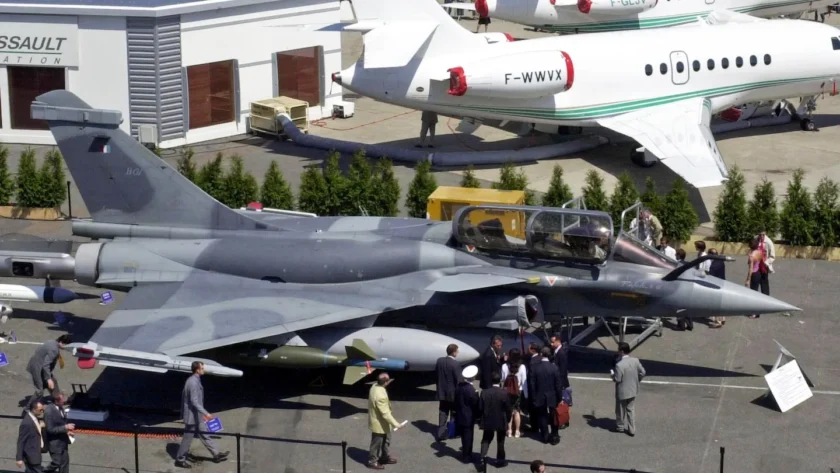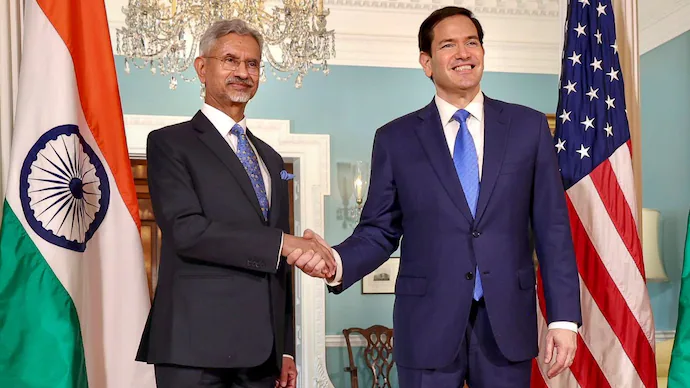New Delhi: Bharat Electronics Limited (BEL), India’s leading defence electronics enterprise, has announced fresh orders worth ₹537 crore since its previous disclosure on 16 May 2025. The new contracts highlight the company’s robust presence in India’s growing defence manufacturing ecosystem.

The announcement comes at a time when BEL is positioning itself strategically for a much larger and transformative opportunity — the ₹40,000 crore Project Kusha.
This DRDO-led air defence initiative aims to create an indigenous alternative to Russia’s S-400 Triumf long-range air defence system.
Project Kusha is designed to provide comprehensive protection against enemy aircraft, cruise missiles, and unmanned aerial threats through an integrated and highly mobile surface-to-air missile solution. It marks one of India’s most ambitious ventures towards achieving full self-reliance in strategic defence technologies.
BEL Chairman and Managing Director Manoj Jain confirmed the company’s deep involvement in the project, both as a development partner with DRDO and as a contender for the role of primary system integrator.
He stated that BEL has already been contributing to the development of radar and control system components and is awaiting the government’s decision on the final appointment.
If BEL is selected as the integrator, the company could receive a contract order estimated to be worth roughly ₹40,000 crore, potentially the largest in its operational history. Such an award would position BEL at the forefront of India’s air defence architecture and drastically expand its technological and operational portfolio.
The incremental ₹537 crore worth of new orders serves as a steady financial bridge sustaining BEL’s production and development capacity while preparations for major strategic programs are underway.
Combined with earlier large-scale orders, such as the ₹2,210 crore deal signed with the Ministry of Defence for Electronic Warfare (EW) suites for IAF’s Mi-17 V5 helicopters, the company’s near-term performance outlook remains strongly positive.
The helicopter EW package, integrating Radar Warning Receivers, Missile Approach Warning Systems, and Counter Measure Dispensing Systems, showcases BEL’s ability to deliver complex and high-sensitivity systems across multiple platforms.
These developments also mirror the government’s broader policy emphasis on “Atmanirbhar Bharat” — a drive to strengthen indigenous production and reduce strategic reliance on external suppliers. BEL’s alignment with DRDO’s flagship projects and its consistent pipeline of domestic orders form a tangible manifestation of this initiative.
The company not only supports key DRDO-led technologies but also provides vital infrastructure for integration, testing, and lifecycle support, reinforcing India’s ambition to achieve end-to-end defence self-reliance.
Market and industry analysts view the convergence of BEL’s immediate contract flow and its strategic positioning under Project Kusha as a highly favourable dual-track growth model.
The ongoing stream of medium-sized contracts ensures stable revenue, while the potential for a mega systems integration role could lead to a pivotal phase of corporate expansion. A possible massive order would significantly enhance BEL’s order book, fast-track innovation cycles, and consolidate its leadership in radar, command-control, and electronic warfare domains.
Over the coming months, close attention is expected on the Defence Ministry’s decision regarding the selection of the system integrator for Project Kusha. Once confirmed, follow-on subcontracts and subsystem production orders could begin flowing rapidly.
Should BEL secure this position, it will not only serve as a milestone in India’s technological sovereignty but also redefine the scale and capability of its defence manufacturing ecosystem.
---------------------------------------------------------------------------------------------------






